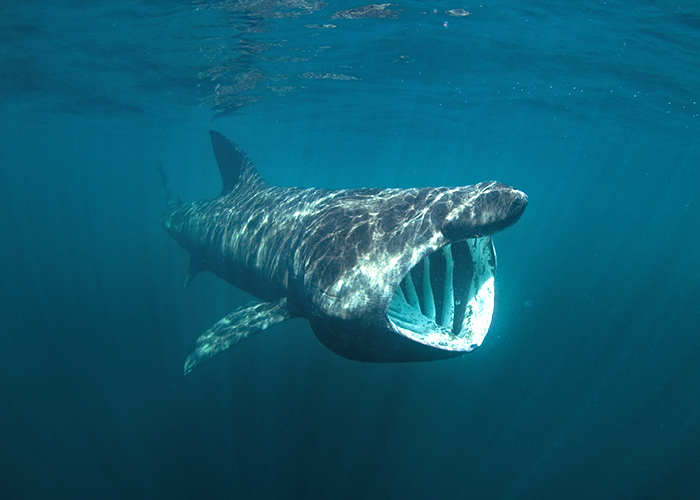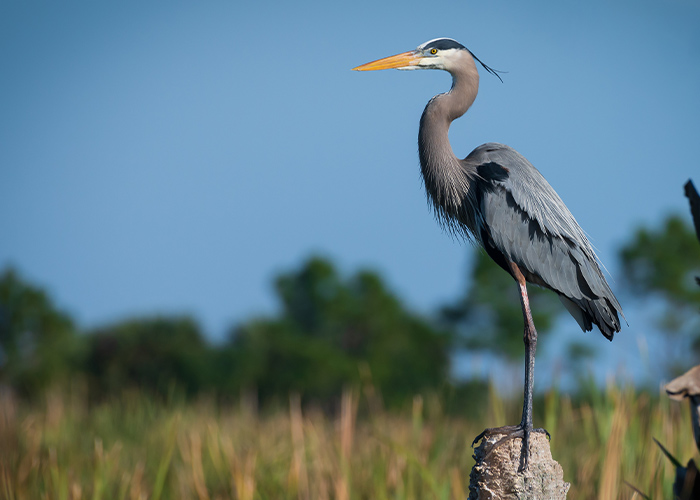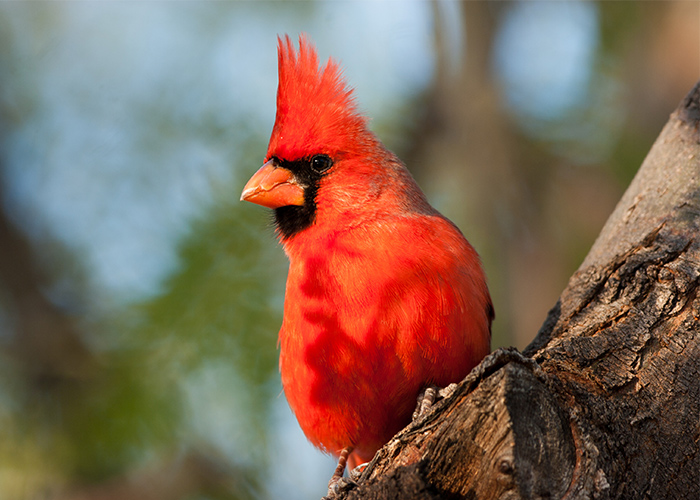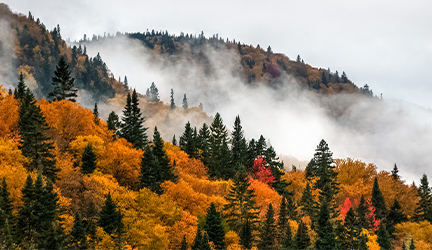Welcome to New England, a region where centuries of maritime traditions meet some of the most fascinating wildlife habitats in the world. These coastal waters have long been central to both human and animal life. While fishermen once hauled in their daily catches here and whaling ships sailed from small ports along the coast, today these waters thrive as a sanctuary for whales, dolphins, and a dazzling array of birds. On the New England cruises offered by American Cruise Lines, you’ll glide through these historic waterways, taking in the sights of New England’s natural wonders, all from the expansive sun deck or your private balcony.
New England Whale Watching
Did you know that New England’s connection to whales dates back to the 18th century, when it was the whaling capital of the world? Cities like Nantucket and New Bedford built their wealth on whaling, and while those days are long gone, the area remains a hotspot for whale activity—this time for conservation and admiration. The region’s nutrient-rich waters, especially the Stellwagen Bank National Marine Sanctuary, create a haven for feeding whales during their seasonal migrations from May to October.
So, if you’re looking to do some whale watching in Cape Cod, our Cape Codder cruise will give you the chance to spot these incredible animals. Here’s a closer look at the whales you might see, and why they call this region home:
Humpback Whales: These crowd-pleasers are known for their playful breaches and long pectoral fins. Known as “songbirds of the sea,” these beasts are famous for their complex vocalizations, which can travel miles underwater. They feed on small schooling fish, often working together in “bubble-net feeding,” where groups create bubbles to trap their prey. Most humpbacks migrate from the Caribbean, where they breed and calve, to the Gulf of Maine for its abundant food supply.
Finback Whales: At over 70 feet long, finbacks are the second-largest animals on Earth—second only to the blue whale. These massive creatures are exceptionally speedy, swimming through the deep, offshore waters of all major oceans. Keep your eyes on the water as we sail, finback whales can cruise at speeds of 10 miles per hour and even reach speeds of up to 25 miles per hour. Unlike some of their more solitary relatives, finbacks often travel in pairs or small groups, giving you a good chance of spotting more than one of these giants at a time. You can see finback whales swimming beneath the waves while whale watching in Maine.
Minke Whales: Minke whales are the smallest baleen whales found in New England, but they’re no less fascinating. Reaching lengths of about 35 feet and 20,000 pounds, it’s hard to believe the minke whale is the smallest of baleen whales. Often curious about boats, these sleek whales are frequent visitors to areas like Cape Cod Bay and Stellwagen Bank. They’ll often poke their heads above water and are known for their vocal communication. Their unique, pointed snouts make them easy to identify as they swim through the waves.
Whales, from the massive humpbacks to the sleek minkes, are some of the most captivating sights in New England’s waters. Their migrations, behaviors, and sheer size make them a highlight for any wildlife enthusiast. But there are many more animals to see along the New England coastline, including some of the ocean’s most playful and energetic residents.

Atlantic White-Sided Dolphin
Thriving in the cool waters of the North Atlantic, The Atlantic white-sided dolphin is a true New England native. These dolphins are incredibly social, often seen in pods of up to 50 or more, riding the bow waves of ships or playfully leaping out of the water. Their distinct coloring—black backs, white bellies, and a yellow streak on their sides—makes them stand out. Early explorers, including Captain John Smith, noted the region’s abundant sea life, and dolphins were no exception. Today, they’re most commonly spotted during the warmer months along the Massachusetts and Maine coasts. Learn more about how marine life makes an impact on New England's waters at the Martha's Vineyard Museum on a New England Islands cruise.

Basking Shark
Once mistaken for sea monsters by sailors in the 1800s, basking sharks are now recognized as gentle giants. Despite their intimidating size—they can grow up to 40 feet long—these sharks are filter feeders, gliding slowly through the water with their enormous mouths open to scoop up plankton. They are most often seen in the late spring and early summer when plankton blooms along the New England coast. Spotting one of these massive creatures is like seeing a piece of living history, as they’ve been swimming Earth’s oceans for over 30 million years.

Blue Heron
The blue heron is as much a part of New England’s waterways as the colonial ships that once sailed them. These elegant birds can often be seen wading in the shallow estuaries of Maine and Connecticut, patiently hunting for fish and amphibians. They’ve been a staple of the region’s ecosystem for centuries, their presence noted in the journals of early European settlers. The best time to catch them in action is at dawn or dusk, when they’re most active.

Northern Cardinal
The northern cardinal is a year-round resident of New England and has become a beloved symbol of the region. Its fiery red feathers make it easy to spot against the muted tones of winter landscapes, and its cheerful song brightens any day. Interestingly, cardinals didn’t always call New England home—these birds expanded their range northward during the 20th century, thanks to warmer climates and backyard bird feeders. Today, you can often find them perched along wooded shorelines, their vibrant color a striking contrast to the blues and greens of the landscape. Try to spot these bright red birds in the trees of Acadia National Park on a Grand New England cruise.
Ready to Spot New England’s Wildlife?
From whales that once inspired entire industries to colorful birds that now brighten the skies, New England’s wildlife is as rich in history as it is in beauty. Join us on a New England cruise to experience it all. Whether you’re watching humpback whales breach off the coast of Maine or spotting a blue heron along the mouth of the Connecticut River, these moments will stay with you long after your journey ends.


